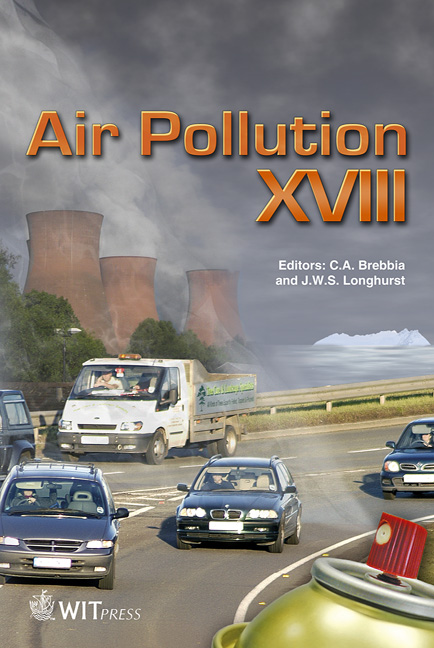Application Of Laser Induced Fluorescence To Monitor Atmospheric Polycyclic Aromatic Hydrocarbons
Price
Free (open access)
Transaction
Volume
136
Pages
11
Page Range
367 - 377
Published
2010
Size
336 kb
Paper DOI
10.2495/AIR100331
Copyright
WIT Press
Author(s)
P. B. C. Forbes & E. R. Rohwer
Abstract
Polycyclic aromatic hydrocarbons (PAHs) are ubiquitous environmental pollutants that are of concern due to their potential human health effects. A laser induced fluorescence (LIF) selective screening technique has been developed based on the sampling of atmospheric PAHs onto a novel silicone rubber trap. After fluorescence screening, analytes on the traps can be quantified by thermal desorption-gas chromatography-mass spectrometry (TD-GC-MS). The use of the traps in a denuder configuration, where two traps in series are separated by a quartz fibre filter, allows for the monitoring of both gaseous and particle phase PAHs, which is important from a human health impact perspective. This paper reports on the application of the denuder technology and LIF method to the monitoring of PAH emissions produced from household fires, diesel internal combustion engines, sugar cane burning and industrial emissions in South Africa. Naphthalene was found to be the most abundant PAH in all cases, with gaseous concentrations monitored in the primary trap ranging from 1.8 μg.m-3 (diesel vehicular emissions) to 26 μg.m-3 (industrial emissions). Breakthrough of naphthalene occurred at sampling volumes > 5 . Total transfer and detection of analytes collected on the traps is possible with TD-GC-MS, which enhances detection limits and allows for shorter sampling times and flow rates. It has been demonstrated that our method performs well in practical applications and real PAH concentrations. Keywords: polycyclic aromatic hydrocarbons, laser induced fluorescence, denuder, silicone rubber trap, household fires, diesel vehicle emissions, sugar cane burning, industrial emissions.
Keywords
polycyclic aromatic hydrocarbons, laser induced fluorescence,denuder, silicone rubber trap, household fires, diesel vehicle emissions, sugarcane burning, industrial emissions





